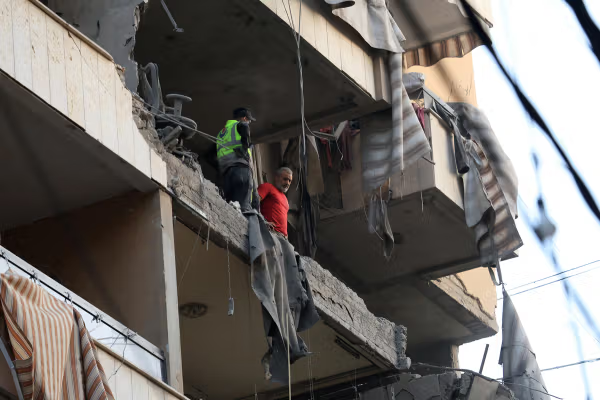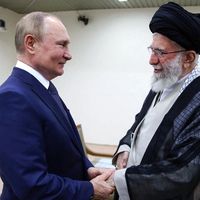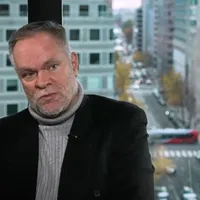In a televised address a day after his government approved a deal to free hostages and end the fighting, Netanyahu said the campaign’s objectives went beyond Gaza. “I firmly rejected all the pressure because I had one consideration in mind — the security of Israel,” he said.
“That meant achieving the goals of the war: freeing the hostages, eliminating the nuclear and ballistic threat from Iran that endangered our existence, and breaking the Iranian axis, of which Hamas is a central part,” he said.
“Hamas, Hezbollah, the Assad regime, and Iran are all under one umbrella,” he said. “But despite the pressure, we stood firm and acted solely for the security of Israel.”
A day earlier, Iran said it supported the US-brokered Gaza ceasefire and any initiative that would end what it called Israel’s ‘genocidal war’ and secure Palestinian rights. The foreign ministry said Tehran backed efforts leading to “the withdrawal of occupying forces, the entry of humanitarian aid, the release of Palestinian prisoners, and the realization of the fundamental rights of the Palestinian people.”
Government spokeswoman Fatemeh Mohajerani said Tehran would support any lasting peace that benefits Palestinians, while a conservative lawmaker voiced a tougher line, saying Iran-aligned armed groups would keep up their operations against Israel and the United States despite the ceasefire.
Behnam Saeedi, secretary of Iran’s parliament national security commission, told local media that “groups in the resistance front are today stronger and more active than two years ago against America and Israel.” He dismissed US President Donald Trump’s peace plan as unreliable, saying any deal that undermines Palestinian sovereignty “is doomed to fail.”
The ceasefire agreement, reached under a 20-point US proposal backed by Egypt, Qatar and Turkey, includes the release of hostages and prisoners, the withdrawal of Israeli troops from parts of Gaza, and the entry of humanitarian aid.
The two-year Gaza conflict triggered a wider regional war that pitted Israel and the United States against Iran and its allies. Tehran and its partners suffered heavy losses during that period, including the assassination of Hezbollah leader Hassan Nasrallah, the fall of Syria’s Assad government, and Israeli and US strikes that crippled Iran’s nuclear infrastructure in June.











